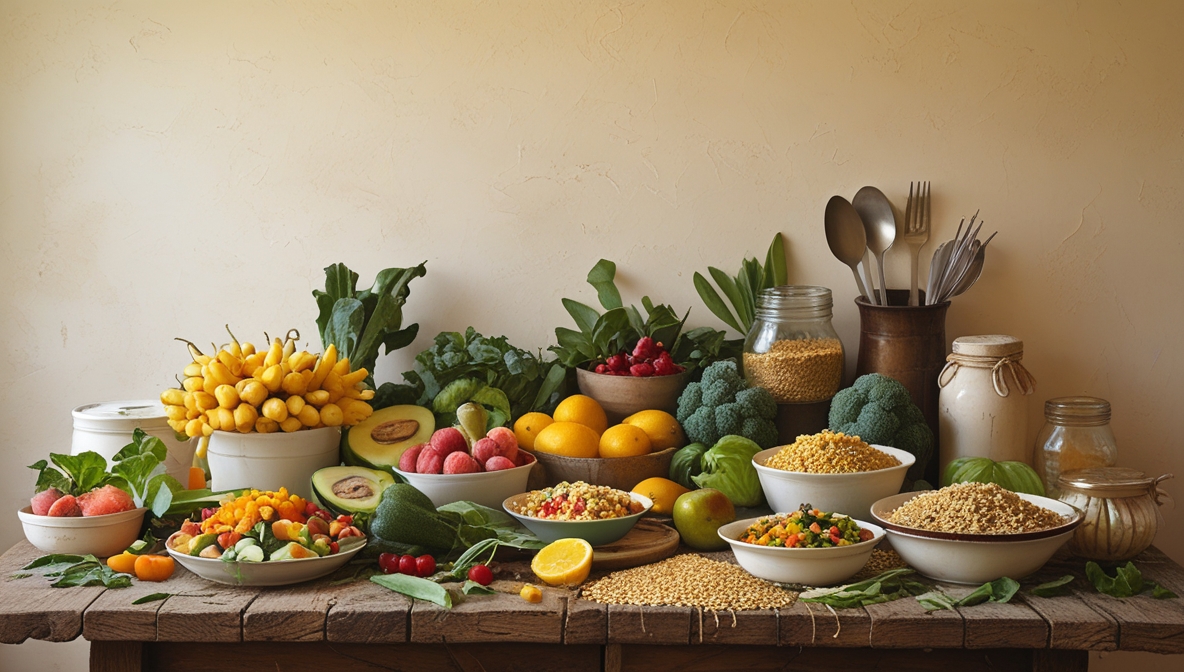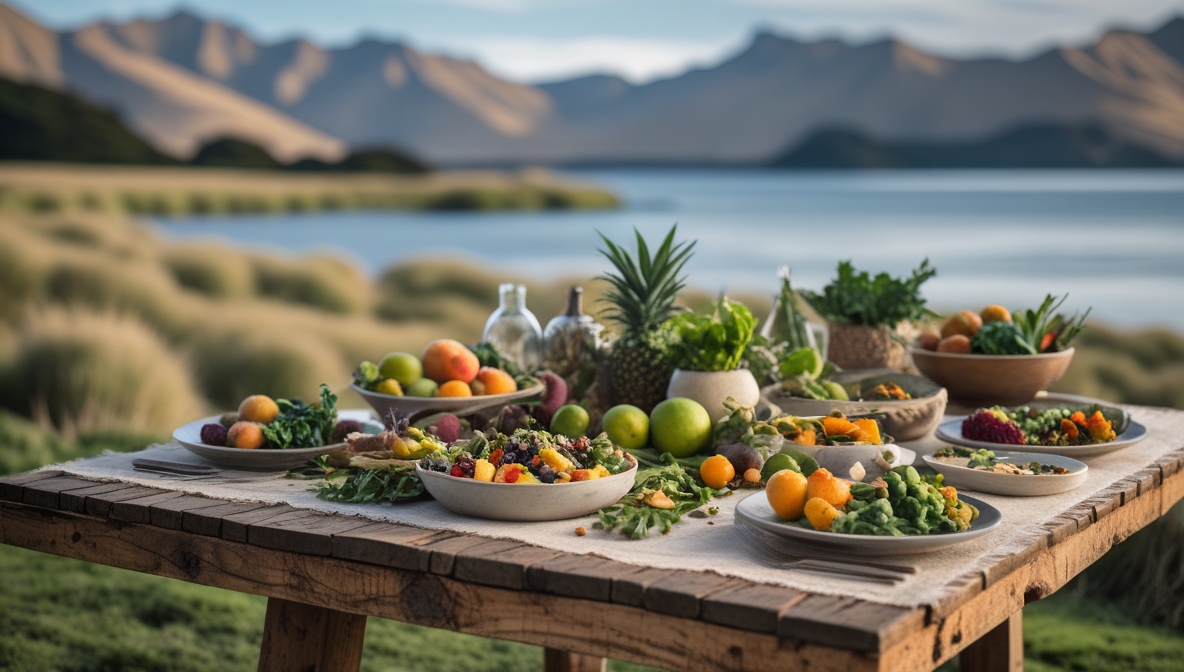
Food Waste at Home: Smart Ways to Use Every Bit
Food scraps and leftovers can be transformed into vibrant meals that delight both the palate and the planet. This piece explains practical methods to put every ingredient to good use and offers creative recipe ideas that turn forgotten food into delicious dishes.
Rethinking Leftover Bread
Bread ends and stale slices have hidden potential. Instead of discarding them, consider these ideas:
- Crispy Croutons: Cube stale bread, toss with olive oil, garlic, and herbs, then bake until golden. Sprinkle these crunchy bits on salads or soups for a satisfying texture.
- Bread Pudding: Use bread ends as a base for a sweet treat. Mix with eggs, milk, sugar, and spices. Bake until set, and serve warm with a drizzle of cream or a dusting of cinnamon.
- Savory Stuffing: Combine bread pieces with sautéed onions, celery, and broth for a twist on classic stuffing. Add chopped nuts or dried fruit for extra flavor and texture.
Innovative Uses for Vegetable Tops
Vegetable tops like carrot greens, beet leaves, and broccoli stems are often overlooked. They can be incorporated into meals with a bit of creativity:
- Herbaceous Pesto: Blend sturdy greens with nuts, garlic, and olive oil to create a fresh spread or sauce. Toss with pasta or use as a dip for vegetables.
- Refreshing Soups: Boil vegetable tops in stock and blend them into a silky soup. A touch of lemon juice and a sprinkle of spices can transform the flavor.
- Stir-Fry Additions: Chop tender stems and leafy tops finely. Sauté with garlic, ginger, and a splash of soy sauce to add color and nutrition to a stir-fry.
Creative Recipes That Turn Waste into Feast
- Leftover Veggie Fritters
- Ingredients: Mixed vegetable tops (such as spinach, kale, or carrot greens), grated potato, egg, flour, salt, and pepper.
- Instructions: Combine the vegetables, potato, egg, and a small amount of flour to bind the mixture. Form small patties and fry until crisp on each side. Serve with a dollop of yogurt or a squeeze of fresh lemon.
- Rustic Vegetable Broth
- Ingredients: A mix of vegetable peels, stems, and leaves (like onion skins, carrot peels, and celery ends), water, bay leaves, and peppercorns.
- Instructions: Place the assorted scraps in a pot, cover with water, and add seasonings. Bring to a simmer and allow flavors to blend. Strain the broth and use as a base for soups or risottos.
- Stale Bread Pizza
- Ingredients: Stale bread slices, tomato puree, leftover vegetables, cheese, and a sprinkle of dried herbs.
- Instructions: Spread tomato puree over bread slices, add chopped vegetables and cheese, then toast in the oven until the cheese melts. Serve hot as a light meal or snack.
Tips to Reduce Waste and Maximize Flavor
- Plan Ahead: Prepare a weekly menu that incorporates ingredients with a short shelf life. This minimizes waste and makes use of every item purchased.
- Smart Storage: Keep leftovers in clear, labeled containers. This practice helps in identifying ingredients before they spoil.
- Experiment with Flavors: Mix and match spices, herbs, and sauces. Experimenting can lead to surprising flavor combinations that enhance the appeal of repurposed ingredients.
- Batch Cooking: Prepare large portions of dishes that can be frozen and later thawed. This approach not only saves time but also ensures that every bit of food finds a place in future meals.
Practical Steps for a Waste-Resistant Kitchen
- Inventory Management: Regularly check your refrigerator and pantry for items nearing their expiry. Set aside these ingredients for a meal plan that incorporates them before they go bad.
- Creative Plating: Presenting repurposed food in a fresh and appealing way can make it more inviting. Use vibrant garnishes and contrasting textures to bring the dish to life.
- Community Inspiration: Exchange tips with family and neighbors on how to utilize leftover ingredients. Sharing ideas often leads to unique and satisfying recipes.
Reducing waste at home becomes a rewarding practice when the focus is on creativity and taste. Each scrap holds the promise of a new dish, transforming what might be discarded into a feast that nourishes the body and mind. The methods presented here encourage resourcefulness and turn daily meals into an opportunity to honor both flavor and sustainability.


No Comment